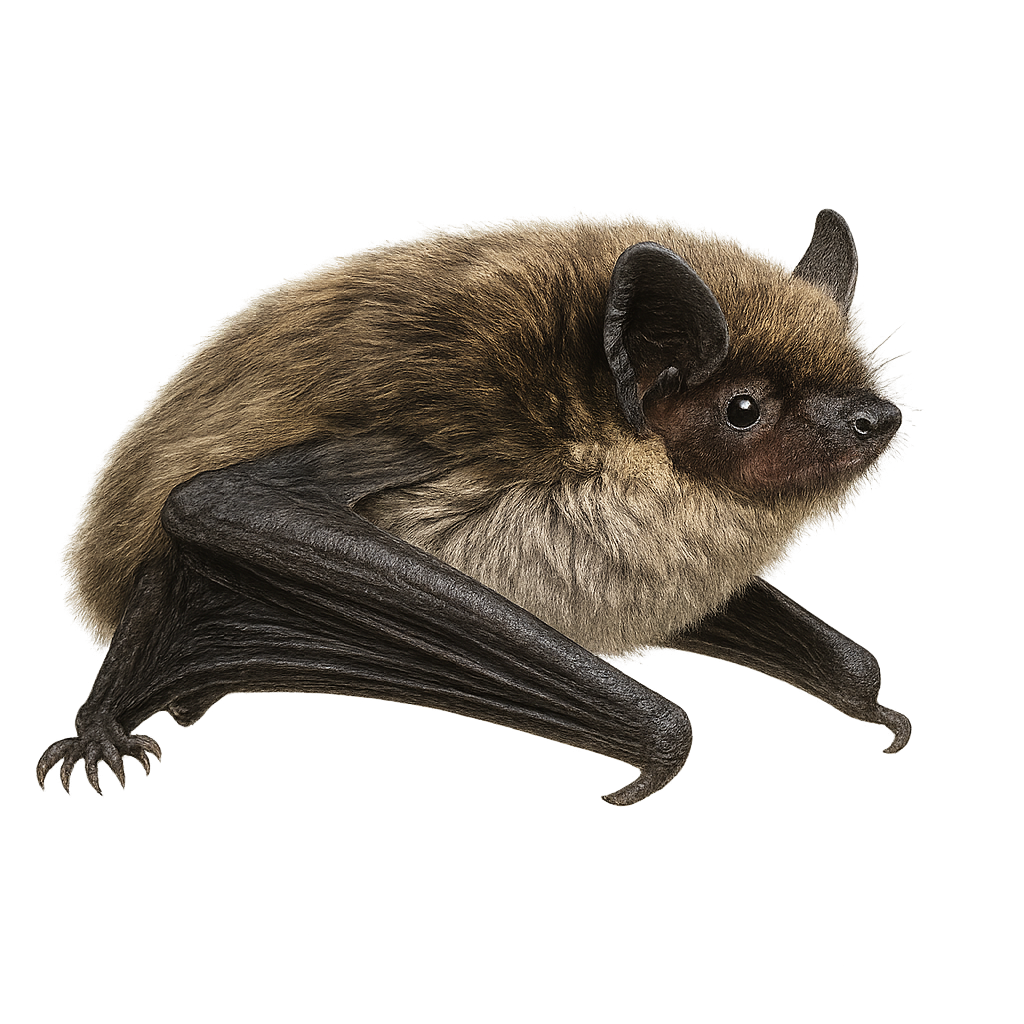Your wildlife photography guide.
Explore the northern bat in detail, study its behavior, prepare your shots.
Where to observe and photograph the northern bat in the wild
Learn where and when to spot the northern bat in the wild, how to identify the species based on distinctive features, and what natural environments it inhabits. The WildlifePhotographer app offers tailored photography tips that reflect the northern bat’s behavior, helping you capture better wildlife images. Explore the full species profile for key information including description, habitat, active periods, and approach techniques.
Northern Bat
Scientific name: Eptesicus nilssonii

IUCN Status: Least concern
Family: VESPERTILIONIDAE
Group: Mammals
Sensitivity to human approach: Suspicious
Minimum approach distance: 10 m
Rut period: July to September
Gestation: 50-60 jours
Births: June to July
Habitat:
coniferous forests, urban areas, caves
Activity period :
Mainly active at night, generally discreet during the day.
Identification and description:
The Northern Bat, Eptesicus nilssonii, is a medium-sized bat found in northern Europe and Asia. It is characterized by its dark brown fur, which is often lighter on the belly, and relatively short ears. It primarily inhabits coniferous forests but can also be found in urban areas, using buildings for roosting. This nocturnal species feeds on insects, which it catches in flight using sophisticated echolocation. It is mainly active during summer nights, while it hibernates in winter in caves or abandoned buildings. Although its conservation status is currently considered "least concern," it remains sensitive to human disturbances and the loss of its natural habitat.
Recommended lens:
400 mm – adjust based on distance, desired framing (portrait or habitat), and approach conditions.
Photography tips:
To photograph the Northern Bat, it is advisable to use a 400mm or longer telephoto lens to capture detailed images without disturbing the animal. Look for places where these bats are active, such as forest edges or near water bodies, at dusk or dawn. Be patient and attentive to quick movements. Use a tripod to stabilize your camera and adjust the ISO sensitivity to compensate for low light.
The WildlifePhotographer App is coming soon!
Be the first to explore the best nature spots, track rutting seasons, log your observations, and observe more wildlife.
Already 1 427 wildlife lovers subscribed worldwide

